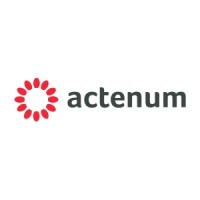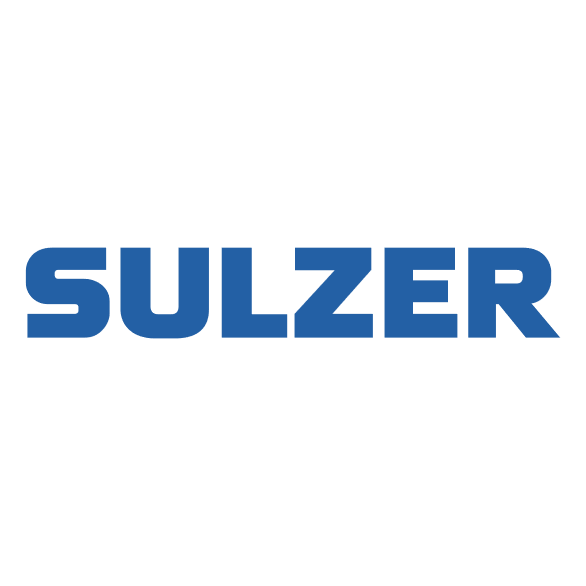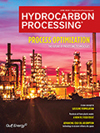Whitepapers

Using ASTM PTP results from 2019-2021, we will learn which of the common test methods, D7039, D2622, and D5453, demonstrated the best performance and reproducibility.
Download Whitepaper
Squeeze film damper and bearing assemblies (SFD bearings) are widely used to improve rotor dynamic stability and reduce vibration in turbomachinery applications. In this article, Elliott introduces an SFD bearing design with a new style of centering ring as well as an experimental approach to validate the new design’s performance.

Efficiently manage large volumes of complex requirements for the Energy & Utilities industry using Siemens Digital Lifecycle Excellence

If you’re using multiple applications or spreadsheets and manual calculations, how quickly can you readjust if an unexpected event happens?
If you could reduce non-productive time and still complete the work on time, how quickly could you tell your manager how much money that will save?
This white paper explains the obstacles maintenance managers face, and how AI-powered scheduling software can automate and schedule maintenance activities faster and more accurately to significantly increase maintenance efficiency, improve productivity, and save time and resources.
Download Whitepaper
Owners of refined products terminals, crude oil terminals, chemical plants and refineries can encounter several challenges when taking storage tanks out of service for required inspection and repair. This planned downtime can cost upwards of $500,000 for a large-diameter crude oil tank. Sherwin-Williams Nova-Plate® 360, a next-generation resin tank lining, is quick curing – making for fast return to service and reduced downtime costs.

Grab sampling involves the collection of a sample fluid in a system. The sample is then analyzed to help validate and evaluate process conditions. This white paper will detail best practices, the characteristics of well-designed and easily operable grab sampling systems, and how to achieve grab sampling accuracy.
Download Whitepaper
Operational Sustainability® (OS) produced a market research survey focused on benchmarking an organization’s existing operational maturity and evaluating the perceived importance of digitization in operations. Our research shows that a majority of respondents reported that the quality and extent of procedures that cover returning equipment to service were either not very effective or only somewhat effective - showing that many lack a comprehensive system strategy to enable a Connected Workforce. Download our 2020 State of Operations research paper to find out more about supporting a streamlined, effective workforce in a growing hybrid work situation through a holistic Conduct of Operations framework, built for mobility.
Download Whitepaper
Refiners are challenged when recovering LPG from mixed fuel gas streams due to the difficulty of separating lighter component from bulk gas. Many valuable components may be lost to a fuel stream or flare. For maximum profitability, crude oil components must be directed to the optimum disposition, especially with an increase in LPG demand and the supply of lighter crudes.
Download Whitepaper
- Petrobras wrapping up due diligence to buy back refinery from Mubadala 7/26
- US court rejects EPA denials of 2022 small refinery biofuel waivers 7/26
- Mexico seeks more 2025 fuel import deals after refinery delays 7/26
- PETRONAS, Eni and Euglena reach FID to construct a biorefinery in Malaysia 7/26
- ExxonMobil signs carbon capture agreement with CF Industries in Mississippi (U.S,) 7/26
- WoodMac: LNG truck sales impacting Chinese road diesel demand 7/26
- Digital Exclusive: SPECIAL FOCUS: Digital Technologies—Utilize process simulation digital twin to optimize condensate yield
- Digital Exclusive-Flare system design: Liquid pockets in flare headers
- Hydrogen-rich content gasoline: A new concept for paraffinic gasoline reformulation
- Alarm rationalization at Kuwait National Petroleum Company (KNPC) refineries




